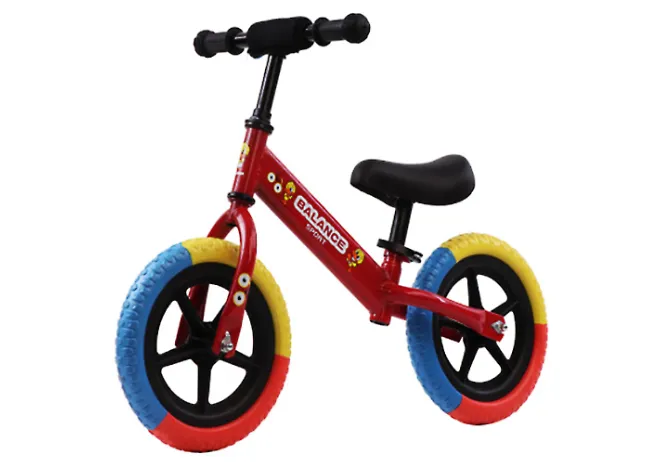Mar . 04, 2025 08:05 Back to list
derailleur on mountain bike


Step 3 Adjust the Derailleur Now comes the precise work of adjusting the derailleur to ensure smooth gear shifts. Begin by setting the high limit screw, which prevents the chain from over-shifting into the frame. This screw is usually marked with an H. Turn it clockwise to restrict the derailleur’s movement or counter-clockwise to allow more range. Repeat this process for the low limit screw, marked L, to ensure the chain doesn’t shift past the smallest cog. Step 4 Fine-Tune with Barrel Adjuster The barrel adjuster is a small knob near where the derailleur cable enters. Turning it allows for minute adjustments. Rotate it counter-clockwise if the chain hesitates to shift up, or clockwise if it struggles to shift down. Step 5 Test and Ride Place the bike on a stand and manually shift through all gears. Listen for any unusual noise or rough transitions, as these indicate areas needing further attention. Once the bike shifts smoothly, apply a small amount of lubricant to the chain and the pivot points of the derailleur. Benefits of Regular Maintenance Regularly replacing and maintaining your derailleur not only prolongs the life of your bike but also enhances your riding performance. A well-tuned derailleur ensures quick and reliable gear shifts, which is crucial on challenging terrains. In conclusion, equipping yourself with the knowledge and tools to change a derailleur empowers you as a mountain biker. Not only does it save on repair costs, but it also elevates your understanding and connection with your bike, ensuring you’re prepared for every adventure.
-
In-Depth Guide to Ebike Frames: Design, Use & Future Trends
NewsNov.25,2025
-
Discover Top E Bike Brand Insights, Specs & Future Trends | Yanline Bike
NewsNov.24,2025
-
Green E Bike – The Future of Sustainable Urban Mobility
NewsNov.24,2025
-
Ruffian eBike: Durable, Efficient Electric Bikes for Modern Mobility
NewsNov.23,2025
-
Comprehensive Guide to the Global E Bike Market and Future Trends
NewsNov.23,2025
-
Understanding Electric Bicycle Range: A Complete Guide for Smarter E-Bike Use
NewsNov.22,2025
-
Ceron Electric Bike – Efficient, Sustainable Urban Mobility Solutions
NewsNov.22,2025




